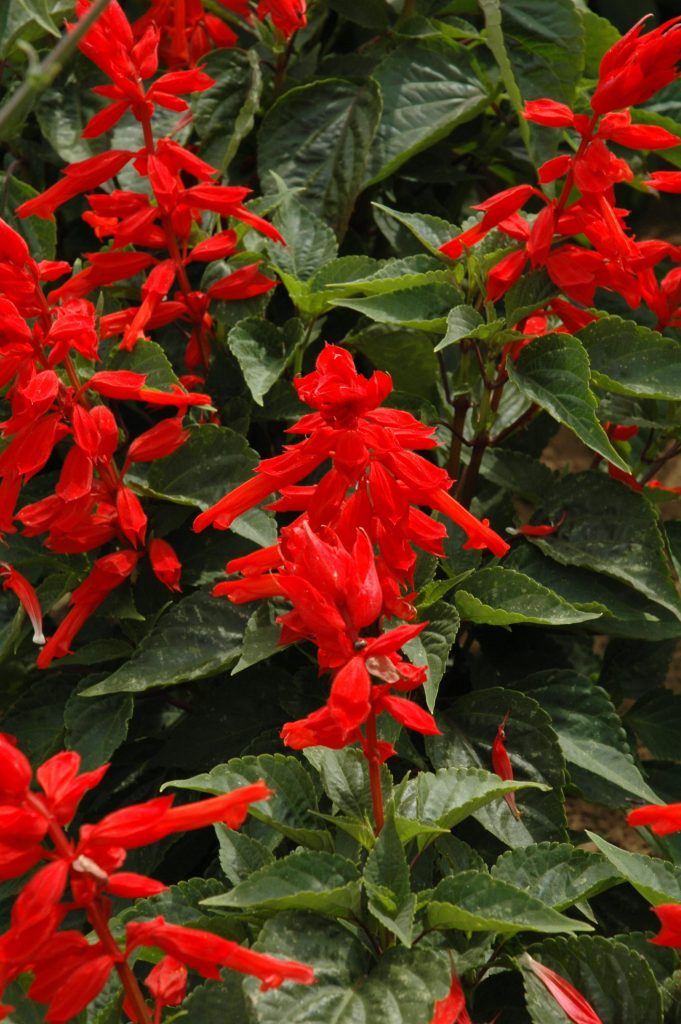
When I was a boy, and indeed even when I was working at Nags Hall in the 80s, scarlet salvias were all the rage. They were among the most popular bedding plants, and no wonder – they are bright and bold and easy to grow. Their popularity as bedding plants outlived that of most Victorian favourites but they were in decline. Tastes changed and pastel colours became more popular and the advent of tough busy Lizzies, which were then planted everywhere, saw salvias despised and ignored. Even the introduction of pastel salvias did not halt their decline. But at a time when we all need something cheerful I think it is time to embrace scarlet salvias again and it was my intention to do so this year, filling a bed with their vibrant blooms. Unfortunately I must have chickened out at the last stage of the ordering process and when I sowed the seeds I noticed that they were red and white-striped and not searing red. But that is the good thing about gardening – next year I can get it right.
But salvias are not all scarlet and designed for bedding. It is a huge genus and they vary from Mediterranean herbs to tender South American shrubs, annuals and hardy herbaceous plants. The all have tubular flowers but they can be in a huge range of colours.
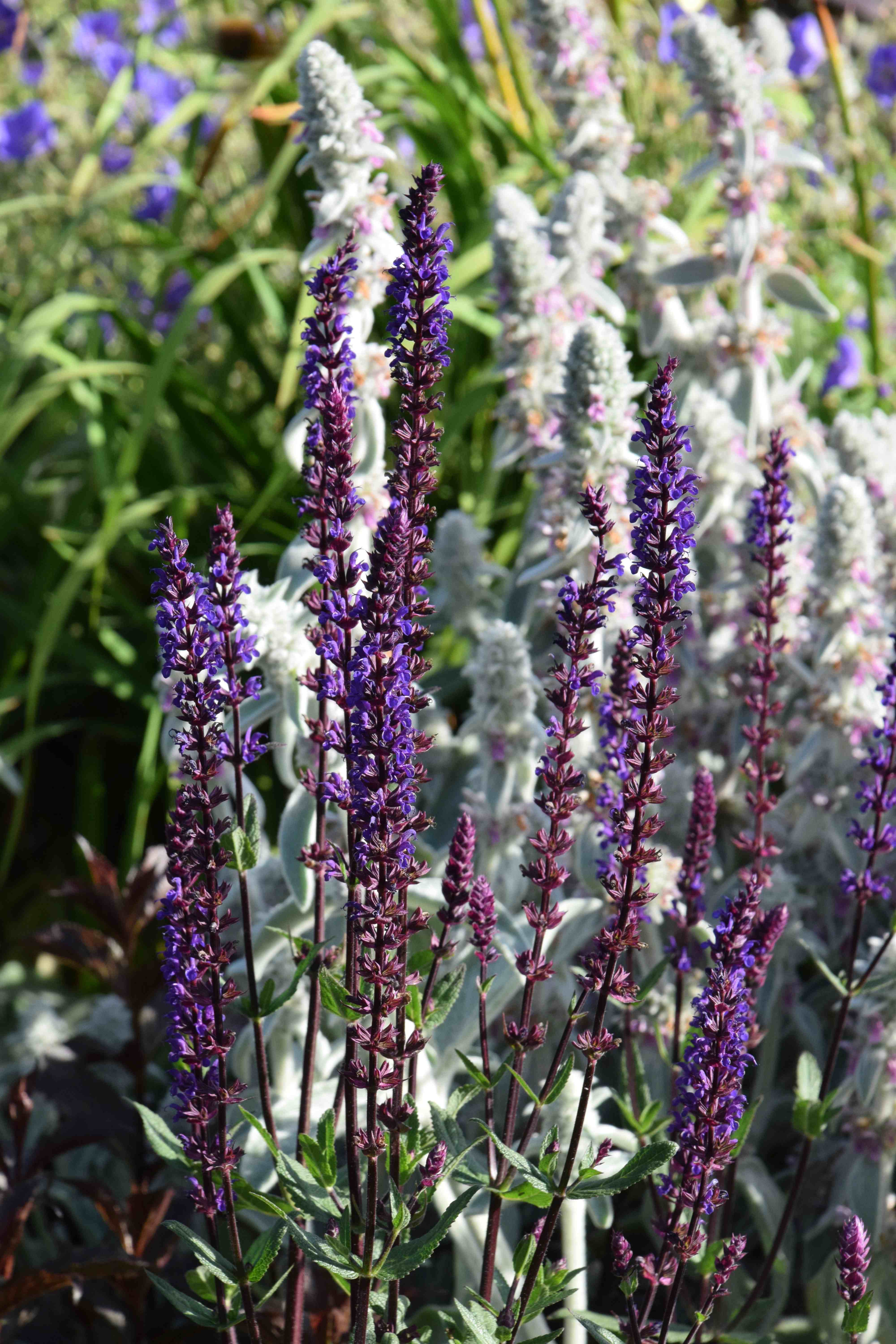
One of the most popular hardy kinds is ‘Caradonna’ which is a long-blooming herbaceous plant and the small blue flowers are very popular with bees. It seems to feature in every ‘Chelsea Flower Show’ garden and its neat, upright habit and dark stems packed with bloom makes it easy to use in the garden.
My favourite hardy salvia is one that I always worry will not survive winter – but it always does! Salvia uliginosa is native to southern Brazil which does not make it sound as if it will withstand frost but it sails through most winters. In the wild it grows in wet soil and it does not like overly dry soil in the garden though it wants full sun. The stems are thin and wiry and although the flower heads form in August, at first only a few flowers open in each and the display slowly builds until it is at its peak in October, continuing until the first hard frosts of autumn. The colour is a breathtaking sky blue. It reaches about 2m (6ft) tall and wafts in the wind but usually does not need staking. It spreads slowly by creeping rhizomes and this year I moved all my plants to intermingle with yellow perennial helianthus to improve on last-years’ display. Another perfect partner would be Verbena bonariensis which, coincidentally, is a neighbour in the wild.
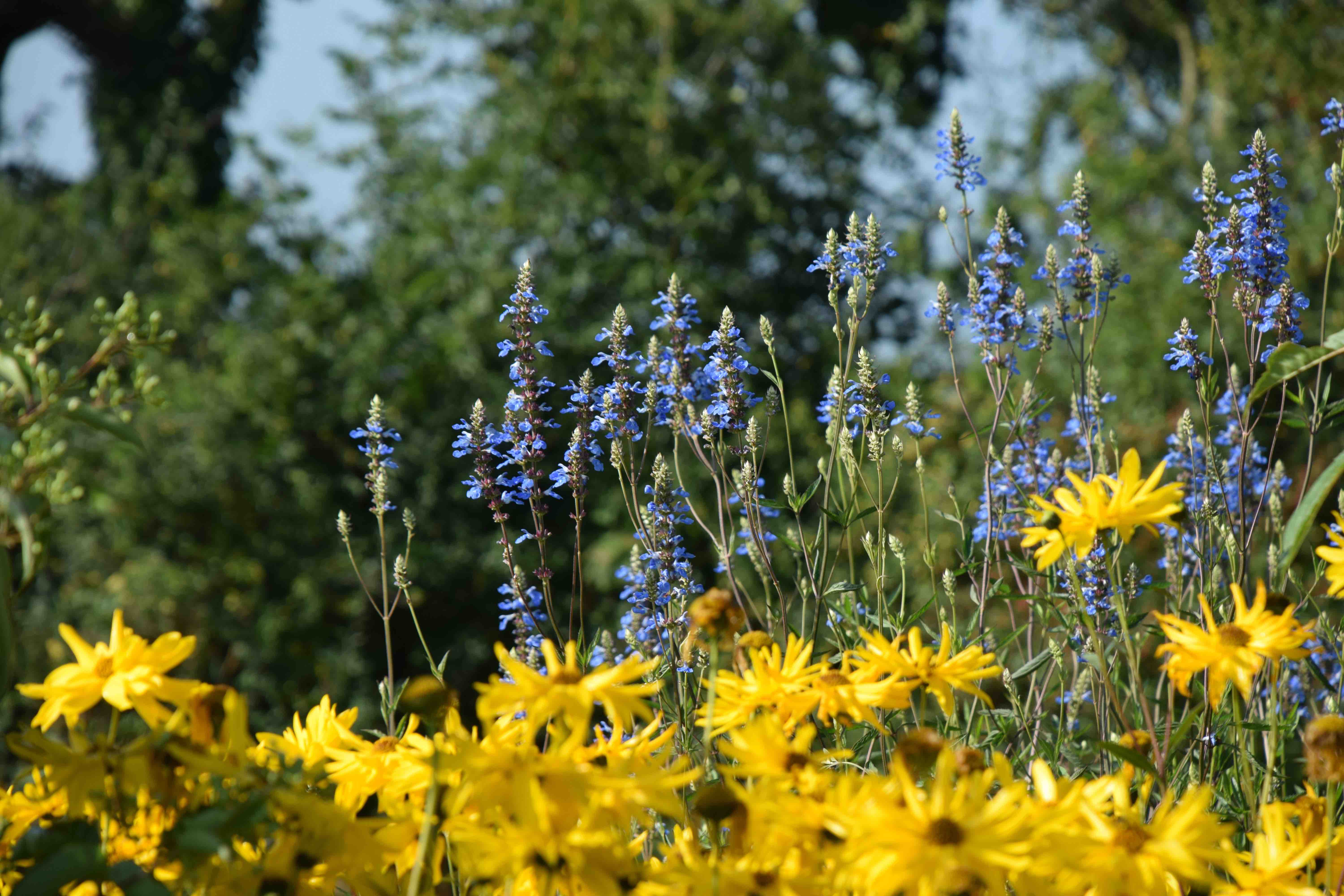
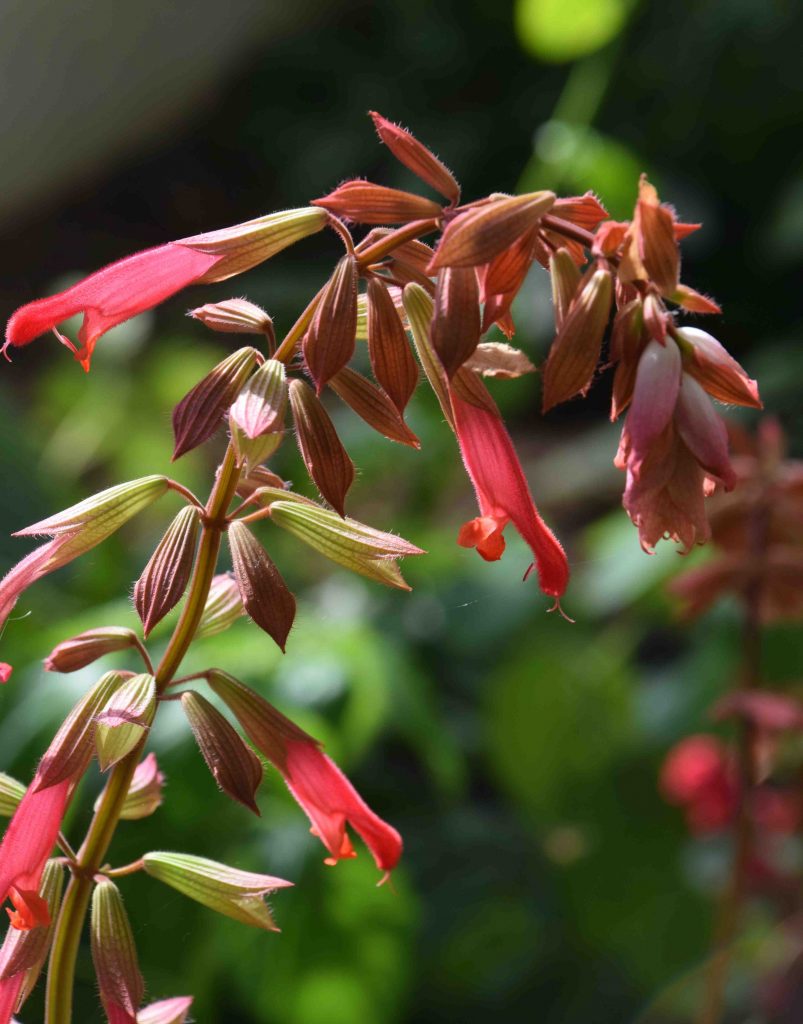
Many of the most beautiful salvias are frost tender and need winter protection in a greenhouse or need to be bought every year. The Australian ‘Wish’ series is essential, whether the original ‘Wendy’s Wish’ in magenta or the scarlet ‘Ember’s Wish’ (above). The choice of tender salvias is huge and it is impossible to pick a favourite but I am very fond of S. curviflora, partly because it flowers so freely and partly because it is such a wonderful colour.
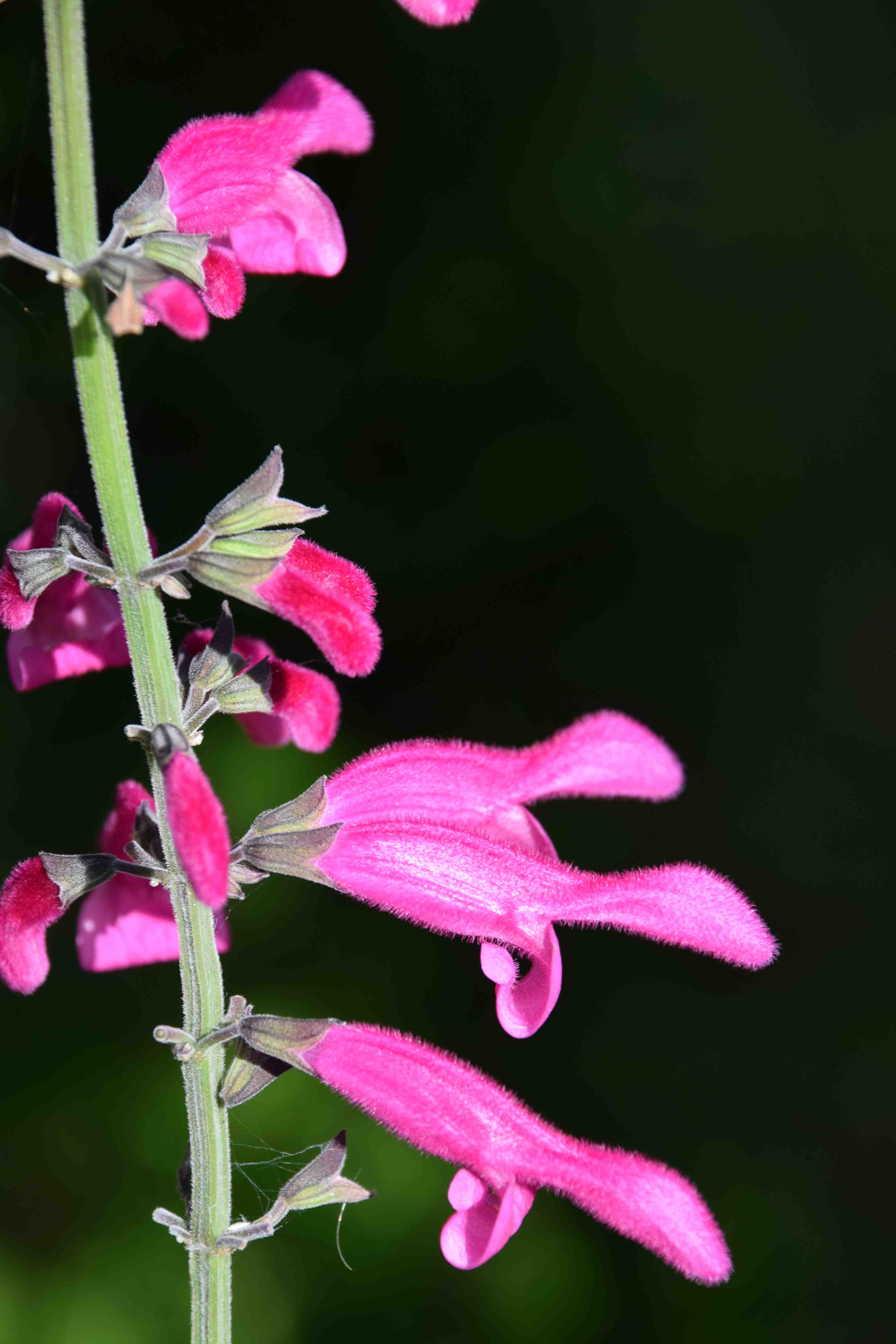
You can buy salvias of all kinds now and they are perfect to perk up borders with their colourful blooms and long flowering season.
Jobs for this week
Harvest new potatoes
Water newly planted shrubs regularly and often until they are established
Keep tomatoes under control by removing sideshoots. Keep them fed every week and never let them dry out
Keep a watch on cabbages and pick off any caterpillars